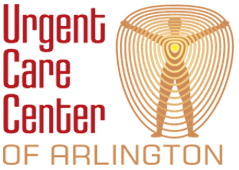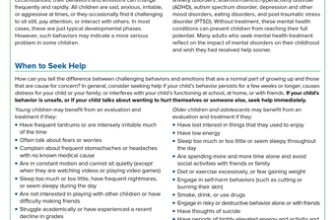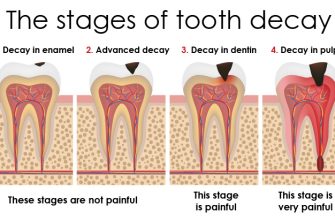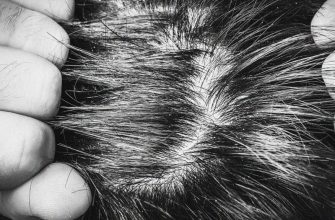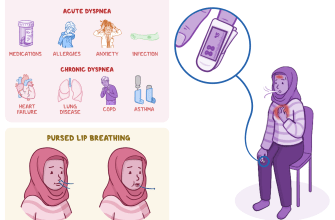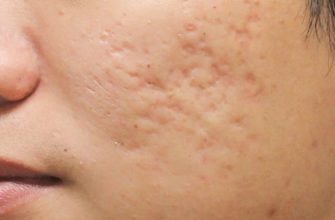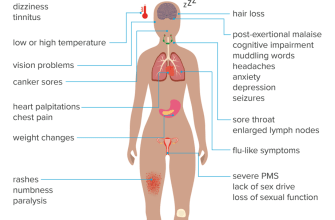Deformity is a condition that affects the physical appearance or structure of a person’s body. It can be present at birth (congenital) or develop later in life (acquired). Deformities can occur in various parts of the body, including the skeleton, face, limbs, spine, and musculoskeletal system. Understanding the causes of deformity and knowing what steps to take can help individuals manage and address this condition effectively.
Causes of Deformity
Congenital Deformity
Congenital deformities are present at birth and can be caused by genetic factors, environmental influences, or a combination of both. Some common examples of congenital deformities include:
- Cleft lip or palate
- Clubfoot
- Spina bifida
- Down syndrome
These deformities often result from abnormal development during pregnancy. Genetic mutations, exposure to certain medications or substances, maternal infections, and maternal health conditions can contribute to the occurrence of congenital deformities.
Acquired Deformity
Acquired deformities develop after birth and can be caused by various factors, including:
- Trauma: Injuries such as fractures or dislocations can lead to skeletal or limb deformities.
- Disease: Conditions like osteoporosis, arthritis, or cancer can cause skeletal deformities.
- Infection: Certain infections, such as osteomyelitis, can result in bone deformities.
- Neurological disorders: Conditions like cerebral palsy can lead to musculoskeletal deformities.
Acquired deformities can also be a result of poor posture, repetitive stress injuries, or prolonged immobilization. These deformities often require medical intervention and treatment to manage the underlying cause and improve the physical appearance or function of the affected body part.
Types of Deformity
Skeletal Deformity
Skeletal deformities involve abnormalities in the structure or shape of the bones. These deformities can affect the entire skeleton or specific bones, leading to issues with mobility, posture, and overall physical appearance. Some common skeletal deformities include:
- Scoliosis: A sideways curvature of the spine.
- Osteogenesis imperfecta: A condition characterized by brittle bones that are prone to fractures.
- Osteoarthritis: Degeneration of the joints, leading to joint deformities.
Treatment for skeletal deformities may involve bracing, physical therapy, medication, or surgery, depending on the severity and underlying cause of the deformity.
Facial Deformity
Facial deformities affect the structure and appearance of the face. These deformities can be congenital or acquired and may include conditions such as:
- Cleft lip or palate: A gap or split in the upper lip or roof of the mouth.
- Hemifacial microsomia: Underdevelopment of one side of the face.
- Facial asymmetry: Imbalance in the size or shape of facial features.
Treatment for facial deformities often involves a multidisciplinary approach, including surgery, orthodontics, speech therapy, and psychological support.
Limb Deformity
Limb deformities affect the structure and function of the arms or legs. These deformities can be present at birth or develop later in life due to factors such as trauma or disease. Some examples of limb deformities include:
- Clubfoot: A condition where the foot is twisted inward or outward.
- Amelia: Absence of one or more limbs.
- Brachydactyly: Shortening or malformation of the fingers or toes.
Treatment for limb deformities may involve casting, splinting, physical therapy, or surgery, depending on the specific deformity and its impact on function.
Spinal Deformity
Spinal deformities affect the alignment and curvature of the spine. Common spinal deformities include:
- Scoliosis: A sideways curvature of the spine.
- Kyphosis: Excessive forward rounding of the upper back.
- Lordosis: Excessive inward curvature of the lower back.
Treatment for spinal deformities depends on the severity and progression of the condition. It may involve bracing, physical therapy, or surgery to correct the alignment and prevent further complications.
Musculoskeletal Deformity
Musculoskeletal deformities involve abnormalities in the muscles, bones, and joints. These deformities can affect mobility, strength, and overall physical function. Some examples of musculoskeletal deformities include:
- Cerebral palsy: A group of neurological disorders that affect movement and posture.
- Rheumatoid arthritis: A chronic inflammatory condition that can lead to joint deformities.
- Muscular dystrophy: A genetic disorder that causes progressive muscle weakness and wasting.
Treatment for musculoskeletal deformities often focuses on managing symptoms, improving mobility, and preventing further complications. This may involve a combination of physical therapy, assistive devices, medication, and surgical interventions.
Managing and Treating Deformity
Managing and treating deformities require a comprehensive approach that addresses the underlying cause, improves physical function, and enhances the individual’s quality of life. Here are some tips for managing and treating deformity:
- Seek medical evaluation: If you or your child has a deformity, consult with a healthcare professional who specializes in orthopedics or a relevant field to determine the cause and appropriate treatment options.
- Follow recommended treatment plans: Depending on the type and severity of the deformity, treatment may involve physical therapy, medication, assistive devices, or surgery. It is essential to follow the recommended treatment plan to achieve the best possible outcomes.
- Engage in rehabilitation: Rehabilitation programs, including physical therapy and occupational therapy, can help improve mobility, strength, and overall function.
- Utilize assistive devices: Depending on the specific deformity, assistive devices such as braces, crutches, or prosthetics may be beneficial in improving mobility and independence.
- Emotional support: Deformities can have a significant impact on an individual’s self-esteem and emotional well-being. Seek support from family, friends, or mental health professionals to address any emotional challenges that may arise.
- Connect with support groups: Joining support groups or organizations that focus on specific deformities can provide valuable resources, information, and a sense of community.
It is important to remember that not all deformities can be completely cured. However, with appropriate management and treatment, individuals with deformities can lead fulfilling lives and overcome many challenges associated with their condition.
In conclusion, deformities can have a significant impact on an individual’s physical appearance, function, and overall well-being. Understanding the causes and types of deformities is crucial in managing and treating this condition effectively. By seeking appropriate medical evaluation, following recommended treatment plans, and utilizing available resources and support, individuals with deformities can navigate their journey with resilience and achieve optimal outcomes.
